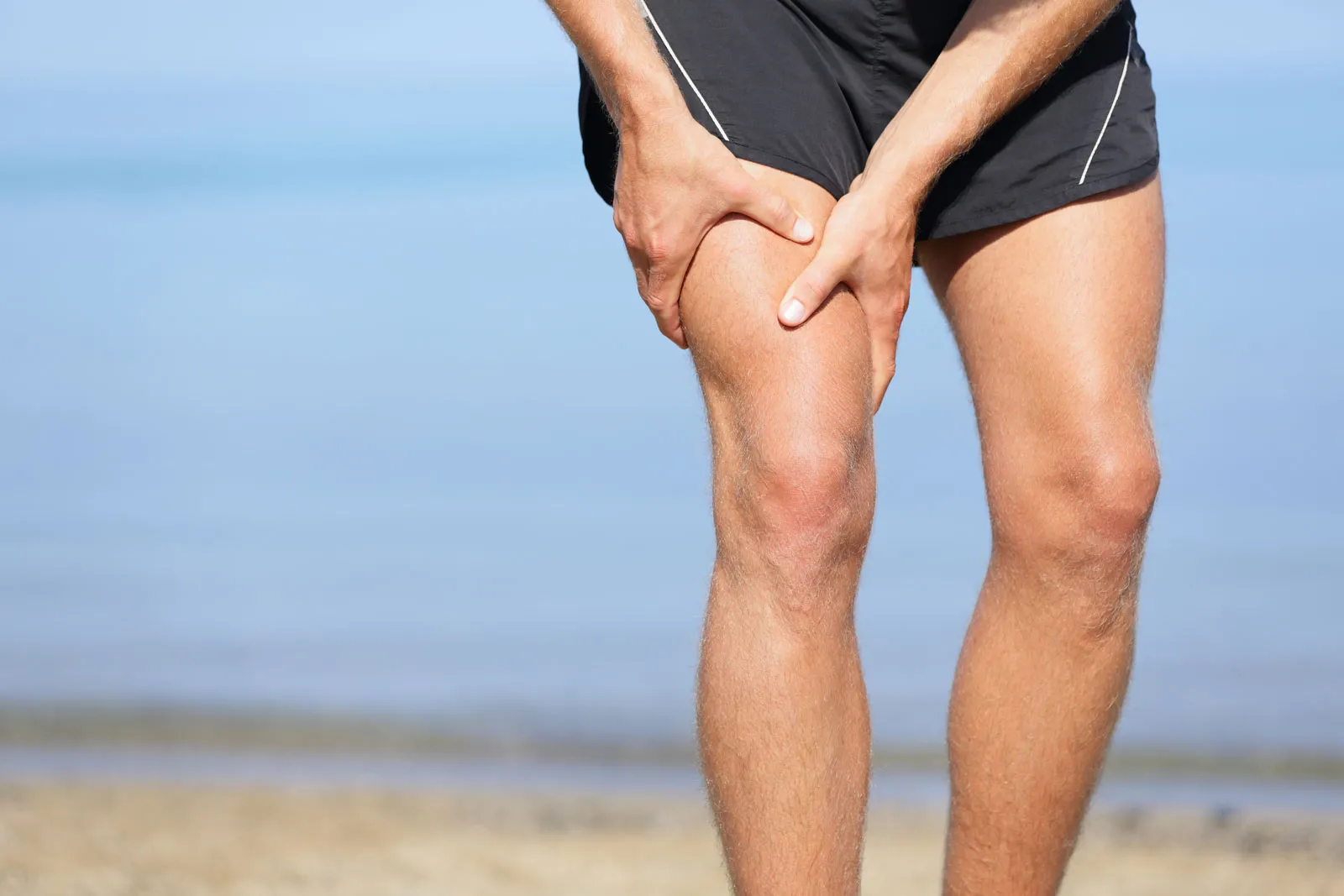Experiencing sharp pains in your legs can be both alarming and debilitating. Whether the pain is sudden or persistent, it can affect daily activities, reduce mobility, and hinder your quality of life. Understanding the causes and remedies for sharp pains in your legs is crucial to finding relief and preventing future discomfort.
This comprehensive guide will explore various remedies, from simple stretches and lifestyle adjustments to medical treatments, to help you address the problem effectively.
Common Causes of Sharp Pains in Your Legs
Before diving into remedies, it’s important to identify the possible causes of sharp pains in your legs. These pains can stem from a variety of conditions, including:
- Muscle Cramps: Often caused by dehydration, overuse, or prolonged inactivity.
- Nerve Issues: Conditions like sciatica or peripheral neuropathy can lead to sharp, radiating leg pain.
- Injuries: Strains, sprains, or fractures from accidents or overexertion.
- Circulatory Problems: Poor blood flow, such as in deep vein thrombosis (DVT) or peripheral artery disease (PAD).
- Arthritis: Joint inflammation can cause pain that radiates to the legs.
- Medical Conditions: Conditions like varicose veins, herniated discs, or fibromyalgia.
Home Remedies for Sharp Pains in Your Legs
If your pain is mild or moderate, you may find relief through home remedies and self-care strategies.
1. Stretching Exercises
Stretching helps improve flexibility, reduce muscle tension, and alleviate pain. Here are a few effective stretches:
- Hamstring Stretch: Sit on the ground with one leg extended. Reach forward to touch your toes, holding for 20-30 seconds.
- Calf Stretch: Stand facing a wall with one foot forward and one back. Lean into the wall, keeping your back leg straight and heel on the floor.
- Quadriceps Stretch: Stand on one leg, pulling the opposite foot towards your buttocks. Hold onto a wall or chair for balance.
2. Massage Therapy
Massaging the affected area can improve blood circulation and relax tense muscles. Use your hands, a foam roller, or a massage ball to apply gentle pressure to the sore spots.
3. Heat and Cold Therapy
- Cold Compress: Apply an ice pack to reduce swelling and numb sharp pains in your legs.
- Heat Therapy: Use a heating pad or warm towel to relax muscles and improve blood flow.
Alternate between heat and cold therapy for maximum effectiveness.
4. Hydration and Nutrition
Dehydration can contribute to muscle cramps and pain. Ensure you drink plenty of water and include electrolyte-rich foods in your diet, such as bananas, spinach, and avocados.
5. Elevation
If your leg pain is caused by swelling or poor circulation, elevate your legs above heart level to promote blood flow and reduce discomfort.
Lifestyle Changes to Prevent Leg Pain
In addition to immediate remedies, making long-term lifestyle changes can help prevent sharp pains in your legs.
1. Regular Exercise
Engaging in regular physical activity strengthens muscles, improves circulation, and reduces the risk of injuries. Low-impact exercises like walking, swimming, and cycling are particularly beneficial.
2. Proper Footwear
Wearing supportive and well-fitted shoes can alleviate stress on your legs and reduce pain caused by poor posture or alignment.
3. Maintain a Healthy Weight
Excess weight can strain your joints and muscles, leading to leg pain. Adopting a balanced diet and maintaining a healthy weight can significantly reduce discomfort.
4. Avoid Prolonged Sitting or Standing
If your job requires long periods of sitting or standing, take frequent breaks to stretch and move around.
Over-the-Counter Remedies
When home remedies aren’t enough, over-the-counter (OTC) options can help alleviate sharp pains in your legs.
1. Pain Relievers
Nonsteroidal anti-inflammatory drugs (NSAIDs) like ibuprofen or aspirin can reduce pain and inflammation.
2. Topical Creams
Analgesic creams or gels containing menthol or capsaicin can provide localized relief when applied to the painful area.
When to Seek Medical Attention
While many cases of leg pain can be managed at home, some require medical intervention. Seek professional help if you experience:
- Persistent or worsening pain.
- Numbness or tingling.
- Swelling, redness, or warmth in the leg.
- Pain after a fall or injury.
- Signs of infection, such as fever or chills.
Medical Treatments for Sharp Pains in Your Legs
For severe or chronic leg pain, doctors may recommend advanced treatments.
1. Physical Therapy
A physical therapist can design a customized program to improve mobility, strengthen muscles, and alleviate pain.
2. Prescription Medications
Medications such as muscle relaxants or stronger pain relievers may be prescribed for severe discomfort.
3. Injections
Corticosteroid or anesthetic injections can help reduce inflammation and numb pain in specific areas.
4. Surgical Interventions
In rare cases, surgery may be necessary to address underlying conditions such as herniated discs, varicose veins, or severe injuries.
Alternative Therapies
Alternative treatments can complement traditional medical approaches:
- Acupuncture: Targets pressure points to alleviate pain and improve energy flow.
- Chiropractic Care: Focuses on spinal alignment to reduce nerve compression.
- Yoga and Meditation: Combines physical movement with mindfulness to reduce stress and pain.
Preventative Measures
Taking proactive steps can help you avoid sharp pains in your legs in the future:
- Stay active and incorporate stretching into your routine.
- Maintain proper posture during activities.
- Monitor and manage chronic conditions like diabetes or arthritis.
- Stay hydrated and eat a balanced diet.
Conclusion
Sharp pains in your legs can disrupt your daily life, but they don’t have to be permanent. By understanding the causes and exploring a combination of home remedies, lifestyle changes, and medical treatments, you can find relief and prevent future discomfort. Whether it’s a simple stretch or a professional intervention, addressing the issue early ensures better outcomes. Remember to consult a healthcare professional if your symptoms persist or worsen. With the right approach, you can take meaningful steps toward a pain-free life.
